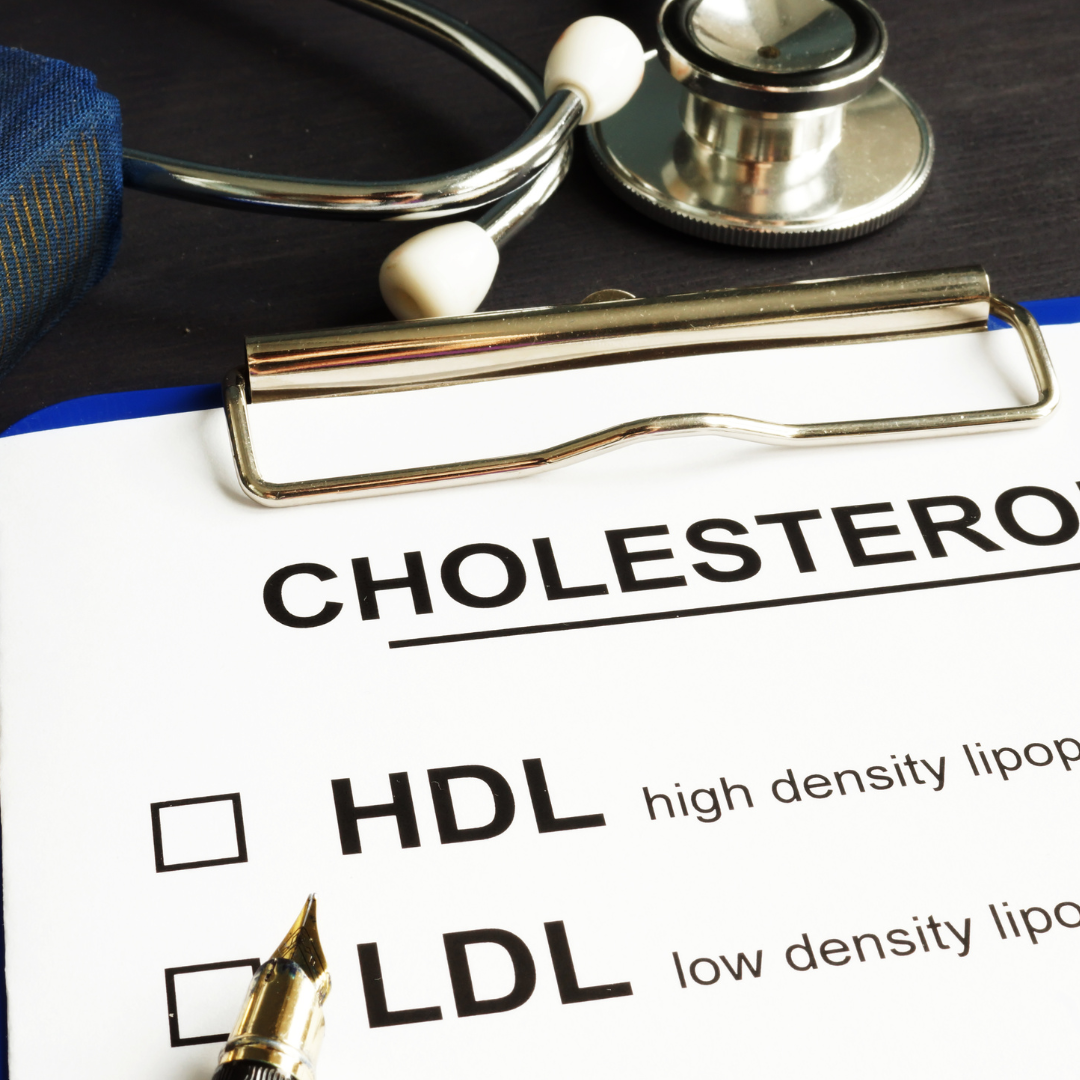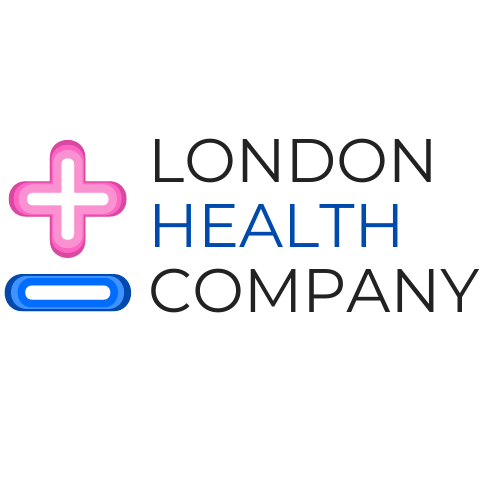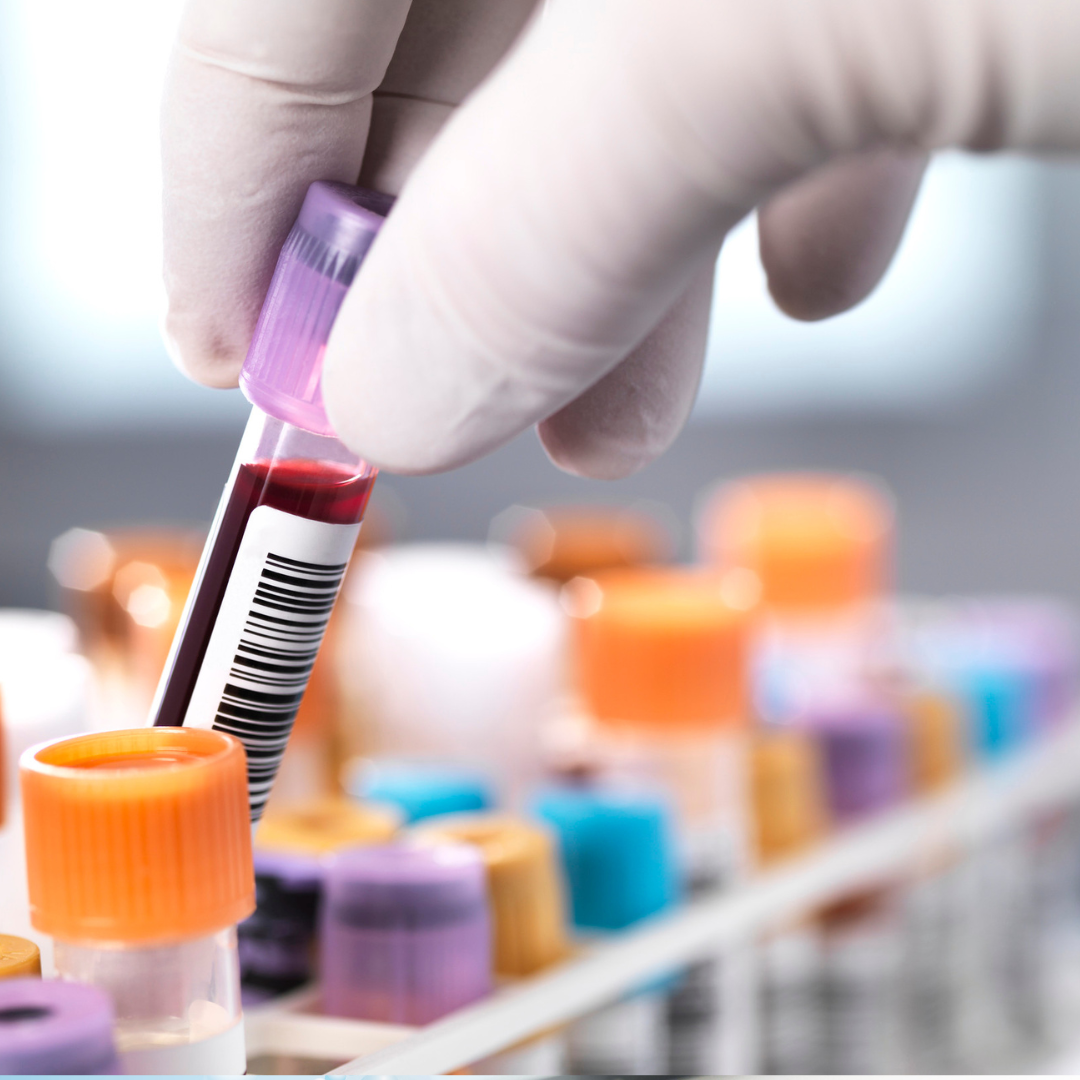What is HDL cholesterol?
HDL cholesterol is often referred to as good cholesterol because it plays a crucial role in protecting your heart and blood vessels from disease. It is essential for maintaining good health, but having levels that are too high or too low can lead to heart health issues.
HDL stands for high density lipoprotein. Lipoproteins are microscopic parcels of fats (lipids) and proteins that transport fats throughout the body in the bloodstream.
HDL cholesterol contains a significant amount of protein and relatively little fat. This characteristic gives it a high density, hence the name high density lipoprotein.
HDL cholesterol is one of the five main types of lipoproteins responsible for carrying approximately a quarter of the cholesterol in your blood. Most of the remaining cholesterol is carried by LDL (low density lipoprotein) cholesterol, often dubbed bad cholesterol due to its association with heart disease.
What are the main functions of HDL cholesterol?
HDL cholesterol plays a protective role against diseases of the heart and blood vessels such as heart attacks and strokes. Its important to note that its not the cholesterol itself that provides protection, but rather the HDL lipoprotein as a whole.
HDL has three primary effects:
1. It removes excess cholesterol (fat) from blood vessels and tissues and transports it back to the liver for recycling or elimination from the body.
2. It exhibits anti-inflammatory effects, helping to safeguard artery walls from LDL cholesterol (bad cholesterol).
3. It acts as an antioxidant, protecting cells and vital chemicals in the blood and tissues from oxidative damage.
What are healthy HDL cholesterol levels?
Healthy HDL cholesterol levels differ for men and women. While young boys and girls generally have similar HDL levels, HDL levels in boys tend to decrease after puberty and remain lower throughout their lives.
For women, HDL levels above 1.2 mmol/L are considered healthy.
For men, HDL levels above 1.1 mmol/L are considered healthy. Specialists from HEART UK suggest that HDL may offer its maximum protective benefits at levels around 1.3-1.4 mmol/L, with higher levels possibly not providing additional protection.
Its important to note that if you have high LDL cholesterol (bad cholesterol) and your doctor is considering treatment to lower it, having high HDL levels is not a reason to avoid treatment.
Determining your HDL cholesterol levels can be done through a simple cholesterol test.
How high is too high?
Historically, studies indicated that lower HDL levels increase the risk of vascular diseases, while higher HDL levels are protective. They suggested that lower HDL levels correlate with higher risks of serious events like heart attacks and strokes, and conversely, higher HDL levels correlate with lower risks. This led to the belief that raising HDL could reduce the risk of illness.
Recent research suggests that HDL levels above 1.4 mmol/L may not offer additional protection. In some cases, very high HDL levels might even increase the risk of serious issues such as heart attacks or strokes.
Additionally, some studies propose that for individuals with well-controlled high LDL cholesterol, increasing HDL with medications does not necessarily lower the risk of serious problems such as heart attacks.







